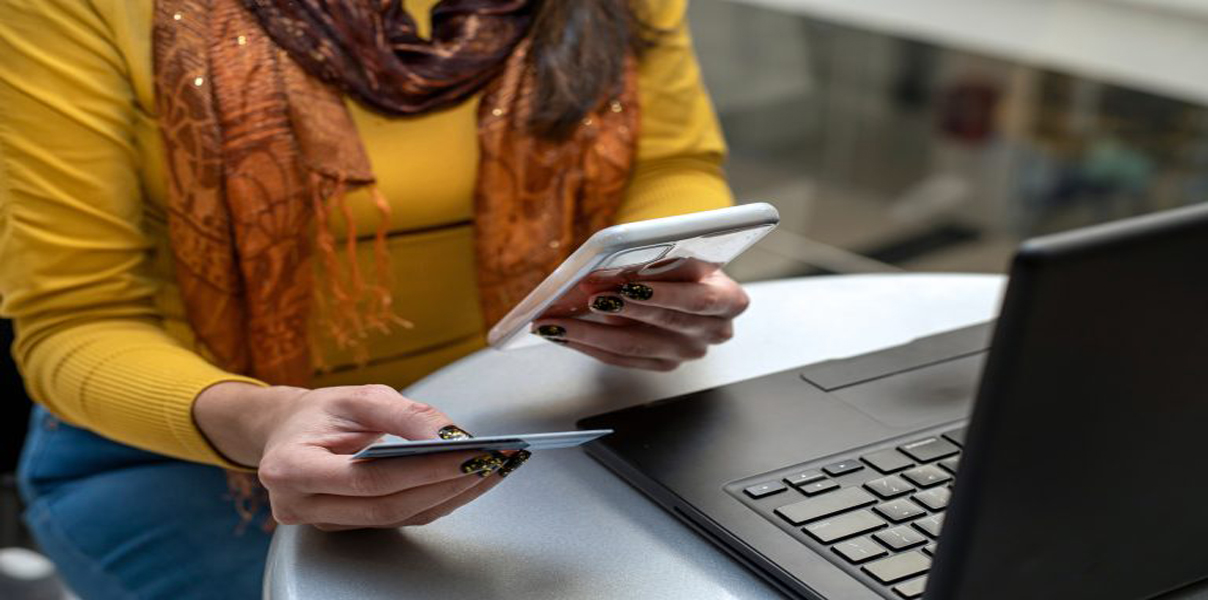Mobile and digital payments are becoming increasingly popular and convenient, especially in the era of social distancing and online shopping. But how do you make sure your payment method is compatible across different platforms, devices, and services? In this article, we’ll explore some of the challenges and solutions to making mobile and digital payments work across platforms. What are mobile and digital payments? Mobile and digital payments refer to all transactions that use an electronic device, such as a smartphone, tablet, laptop or handheld device, to initiate, authorize authorization or complete payment. Mobile and digital payments can use various technologies, such as NFC, QR codes, biometrics, or online platforms, to connect with payment processors, banks, or merchants. Some examples of mobile and digital payments are Apple Pay, Google Pay, PayPal, Venmo, and Zelle.
Why are mobile and digital payments important?
Mobile and digital payments offer many benefits for consumers and businesses, such as convenience, speed, security, and innovation. Mobile and digital payments can reduce the need for cash, cards, or checks, and make transactions more seamless and frictionless. Mobile and digital payments can also enhance customer experience, loyalty, and retention, as well as create new opportunities for value-added services, such as rewards, coupons, or personalization.
What are the challenges of mobile and digital payments?
Despite the advantages of mobile and digital payments, there are also several challenges that impede their adoption and interoperability. Fragmentation is a major issue, as there are many different payment solutions with their own standards, protocols, and requirements. This can create confusion and inconsistency for consumers and businesses. Additionally, mobile and digital payments are subject to a variety of legal and regulatory frameworks, which can impact compliance, security and privacy. Additionally, education poses a significant barrier to adoption and trust, as many people do not understand how these payments work or how to use them. This may increase the risk of fraud, errors or disputes.
How do mobile and digital payments work across all platforms?
To overcome the challenges of mobile and digital payments and make them work across platforms, some possible solutions include standardization, integration and education. Standardization involves adopting common standards, protocols, and interfaces that enable interoperability and compatibility across different platforms, devices, and services. Integration requires connecting with existing payment systems, such as banks or merchants, to improve regulation and security. Lastly, education is key for increasing adoption and trust while reducing the risk of fraud, errors, or disputes. For example, EMVCo standards for NFC and QR code payments are widely used and accepted by many mobile and digital payment solutions. PayPal and Venmo integrate with bank accounts and cards. Apple Pay and Google Pay provide instructions and guidance on how to set up and use the service and how to protect their devices and accounts.
What are the future trends of mobile and digital payments?
Mobile and digital payments are constantly evolving and innovating, and some of the future trends that could shape the sector include biometrics, blockchain and artificial intelligence. Biometric authentication, such as fingerprint, facial or voice recognition, can verify a user’s identity and enable payments without the need for passwords, PINs or codes. Blockchain technology can enable peer-to-peer transactions without intermediaries and provide transparency, immutability and efficiency. Artificial intelligence can deliver intelligent and personalized services to improve customer experience, loyalty and retention. For example, Apple Pay uses biometric authentication to unlock its services on compatible devices; Bitcoin and Ethereum are cryptocurrencies that can be used for mobile and digital payments; and Amazon Pay uses artificial intelligence to provide voice payments through Alexa.
CPO and head of rapid issuance at MeaWallet – Digital payments made simple.
With the advent of SoftPOS, the already popular payment infrastructure globally has become even more popular and accessible. This, combined with digital roll-out and card issuance to existing and new customers, will provide a significant boost to the global economy. Migrant workers and contract workers without bank accounts can receive their paychecks instantly with a prepaid card issued on a mobile device, reducing time, costs, overhead and risk. risks associated with cash payments. Over time, this will also lead to a decline in the gray market and black market economies, as regulations, compliance requirements and automated controls are deployed as the backbone of the ecosystem. digital and mobile payments.








